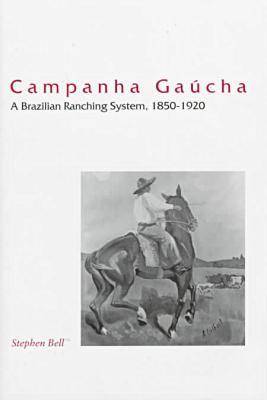The Campanha of the state of Rio Grande do Sul, situated on the northern periphery of the pampa grassland system, is one of Brazil's most distinctive cultural regions. This book studies land use in the Campanha during a period of critical change, focusing on two issues: Why did the modernization of ranching in the region display sharply uneven patterns in time and space? What were the mechanisms that drove these changes? The book first describes the world of the gaucho, a highly extensive, open-range ranching economy. It then examines why technical innovations in ranching (such as new breeds of cattle, fencing, and refrigeration) came later to the Campanha than in Argentina and Uruguay. Ultimately, the Campanha was drawn increasingly into the North Atlantic economic system, and the concomitant ranching innovations engendered cultural conflict that marginalized the gaucho way of life. Though the regional economy was still based mainly on hides and salt-beef, the author shows how railways, tariffs, and the abolition of slavery laid the groundwork for a slow but sustained transformation of Campanha ranching.
Important structural obstacles slowed development: national political support for reforming legal aspects of property rights in this peripheral region was weak; linkages between domestic elites and foreign merchants were insubstantial; and Rio Grande do Sul's infrastructure and attraction of foreign capital remained limited. Although the pace of change in the Campanha quickened with the extraordinary food demands of World War I, the structural legacy of uneven development continued to hamper growth after 1920.
- ISBN10 0804731004
- ISBN13 9780804731003
- Publish Date 1 November 1998
- Publish Status Out of Print
- Out of Print 29 September 2011
- Publish Country US
- Imprint Stanford University Press
- Format Hardcover
- Pages 312
- Language English
